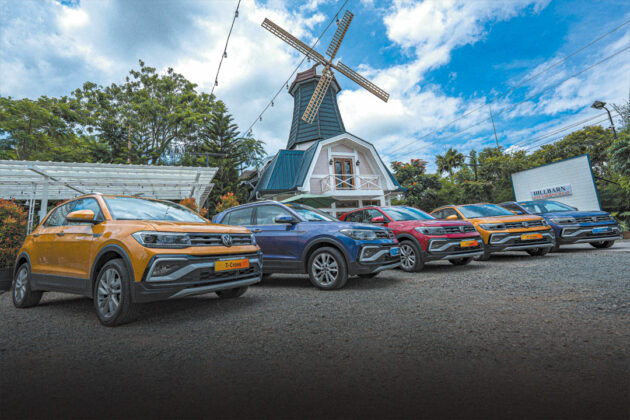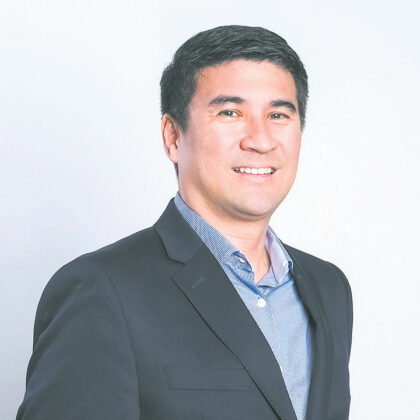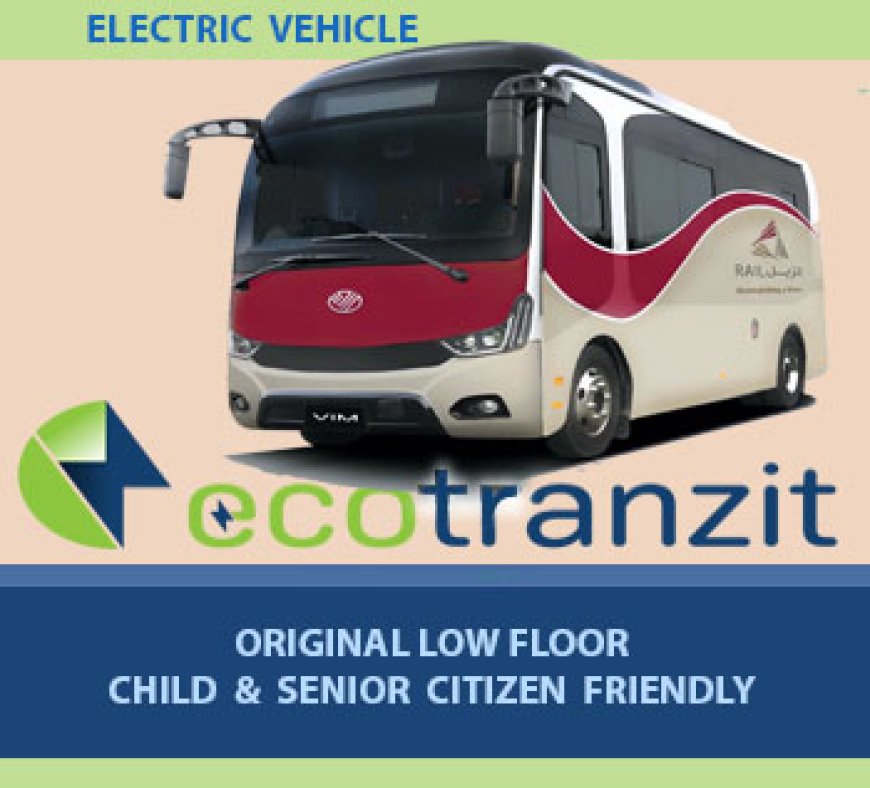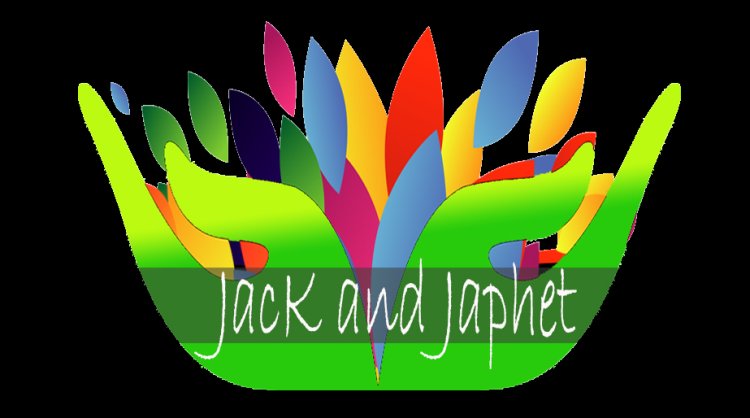VW prepares to cross over to the future
1 of 2 PHOTO BY KAP MACEDA AGUILA Automotive Central Enterprise, Inc. President Felipe P. Estrella III — PHOTO FROM VOLKSWAGEN PHILIPPINES As Volkswagen Philippines turns nine, a small SUV leads its charge IN BETWEEN stints aboard the Volkswagen...
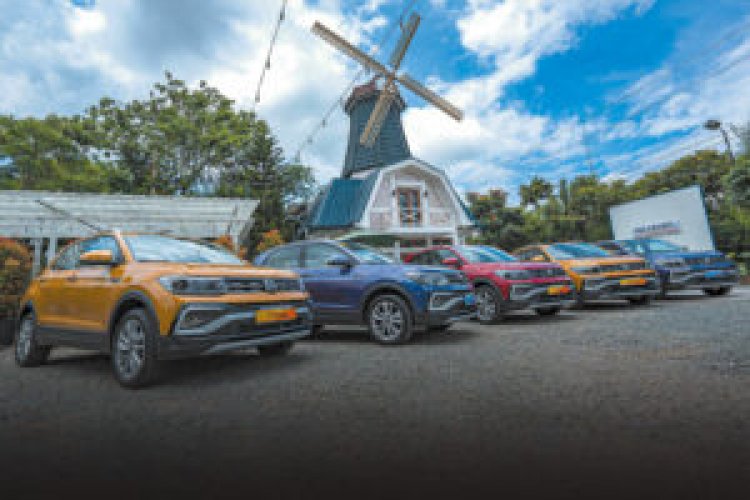
As Volkswagen Philippines turns nine, a small SUV leads its charge
IN BETWEEN stints aboard the Volkswagen T-Cross during a recent drive to and from Tagaytay, I had a chance to talk one-on-one with Automobile Central Enterprise, Inc. (ACEI) President Felipe P. Estrella III. It’s been nine years since the Ayala Group of Companies, through ACEI (which itself is under AC Industrials) first orchestrated the local distributorship, sales, and servicing of vehicles of the iconic auto brand from Wolfsburg, Germany. ACEI also handles the Maxus brand.
On a month-on-month basis, said Mr. Estrella, the T-Cross (with a starting price of P1.098 million) is actually outselling the brand’s entry-level-priced Santana sedan (priced from P686,000). I asked him for his thoughts. “I think it reflects the consumer preference that we’ve seen evolve over the last few years. (The T-Cross) is trending upward, I guess that’s the right word.”
It’s no secret, of course, that Filipinos — as many people around the world — have been enamored with the crossover/SUV format. And Volkswagen is swinging for the fences through the global model that is the T-Cross.
Certainly, there was much enthusiasm from Volkswagen Philippines when the vehicle made its way into the country last year, and the company has taken pains to drive the message home that “each T-Cross vehicle coming out of any of the production facilities bears the same precision engineering and global standards of craftsmanship the Volkswagen brand has been known for.” The T-Cross entering each local showroom has rolled out from the VW production line in Shanghai.
The nameplate also has the commensurate credentials that help give it the edge it needs in an already crowded segment. Indeed, the T-Cross was deemed Best Compact SUV at BusinessCar Awards 2019 in the United Kingdom, Compact SUV of the Year at the 2020 Continental Tyres Irish Car of the Year in Ireland, the Best Exterior Volume Brand at Frankfurt Motor Show 2019 in Germany, Compact SUV of the Year by UOL Carros 2019 and L’Auto Preferita in Brazil, and a Compact Family Car category win in the 5th annual Cars.co.za Consumer Awards in South Africa.
Here are excerpts of my interview with Mr. Estrella.
TALK BOX: One would think that the most inexpensive model in the Volkswagen Philippines portfolio (the Santana) would be the best-seller.
FELIPE P. ESTRELLA III: It reflects consumer preferences that we’ve seen evolve over the last few years. Consumers, especially those who are in the market for a compact subcompact vehicle, have really migrated from the sedan format to the SUV — and that’s why we saw the birth of the subcompact SUV segment.
Many car brands are challenged for supply versus demand for various reasons, such as chips and parts shortage, and supply chain disruptions. How’s the company doing in that area?
We’ve been lucky in that regard. We did have a period when there was some supply disruption similar to other brands. But we were able to… replenish our stock, so we do have some now. We anticipate that will be sufficient for the next couple of months, and then we expect another delivery to come in toward the end of the year. Hopefully, that one will not be impacted by any of the factors you mentioned.
Overall, would you say that Volkswagen has been relatively okay in terms of inventory and supply?
Yeah, relatively okay… We were able to recover with the help of our partners.
These days, we’re seeing an influx of electric or electrified vehicles. Your fellow AC Motors member Kia Philippines recently introduced the Kia EV6. But it’s also well known that Volkswagen has a very solid lineup of electric vehicles. Are we going to see any of those anytime soon in the Philippines? What’s the plan in that regard?
I honestly hope so, but it is not entirely within our control. Unfortunately, this is determined in large part by the OEM (original equipment manufacturer) in terms of which markets they’re able to deploy the models to. Of course, as you can imagine, electric vehicle production is still in its infancy. But I think that demand is growing faster than production, so you do have a little bit of an imbalance — which I think is not something that will go away very quickly. As we see the whole world transition into the new form of mobility, I think we’ll eventually get there. We’ll have to be a little patient, but of course Volkswagen Philippines will continue to push.
What are you hearing from customers about your electric vehicles — present supply issues aside?
We definitely get the questions, and it’s very encouraging to see the interest and the awareness of the Filipino motoring public. They see that this trend is evolving and is coming onto our shores. But I think customers also understand that we’re very early in the development timeline, if you want to call it that. We’re seeing a trickle of (electric) models coming in; a lot of them are really still at the higher price points to buy. I think that’s natural for the technology given that it’s in its early stages.
When the brand first arrived, Volkswagen Philippines prices were higher than what people expected. And then your second chapter, I guess, would be the time when you first brought in the so-called “Chinese models” (Santana, Lavida, Lamando), and long-wheelbase Tiguan, among others. Then you added the T-Cross and Kombi — both global models. How do you see the brand evolving into the future? Electric vehicles aside, are you looking at adding possibly a bigger SUV? What can the public expect?
You’re right, and I think you summarized our first decade here in the Philippines quite accurately.
I’d like to think that with the T-Cross we’ve been able to hit a sweet spot where we’re able to appeal to a broader segment of the Philippine motoring public, which is really what we wanted to do, while still being able to offer the things that make Volkswagens Volkswagens — quality, engineering, all the good features — I think we’ve managed to get to that point where we have something that kind of fits well into what the market is looking for. Hopefully with that, people will also start to see and appreciate even more our other models that are in the lineup. I drove up here in the Lamando. Even if it’s, you know, a China-specific or an Asia-specific model, it certainly can hold its own against all the other Volkswagen models.
Moving forward, we continue to work with Volkswagen global. Every car that we bring into the country needs to go through a very rigid and thorough release process on the Volkswagen side of things. They need to make sure that the car that’s going to be brought in here is properly configured for the local operating environment. I’m sure other brands do this as well. And so it’s always two-way communication with Volkswagen and we continue to talk to them about potentially other products which I can’t disclose at this point. Of course, I also don’t want to preempt things.
But certainly, when there’s something concrete, we would make the appropriate announcement. We’re not looking to stop at the T-Cross, but we’re not yet at the point where we can make definitive announcements about what’s next. We certainly think that before we get to that point of pure electrification, there will be an interim period where you know, our traditional ICE-powered vehicles will still be present. and for that period of time, we do hope we can bring other models that will appeal to Filipinos in addition to the T-Cross and Kombi.
Are you adding more dealerships this year, and what’s the plan for next year?
I think for this year, we’re done. We have eight, and the demand that we’re seeing from customers, while growing, can still be serviced by the existing dealerships. As we see that demand increase, then we will obviously expand because we want to make sure that we have a presence in the markets where customers are at. But we also want to make sure that our dealer partners have sufficient market to address. We hope to grow next year, and we are in conversations with potential dealer partners. As most companies are, we’re actually in our business planning cycle, so we’re laying out plans for 2023.


